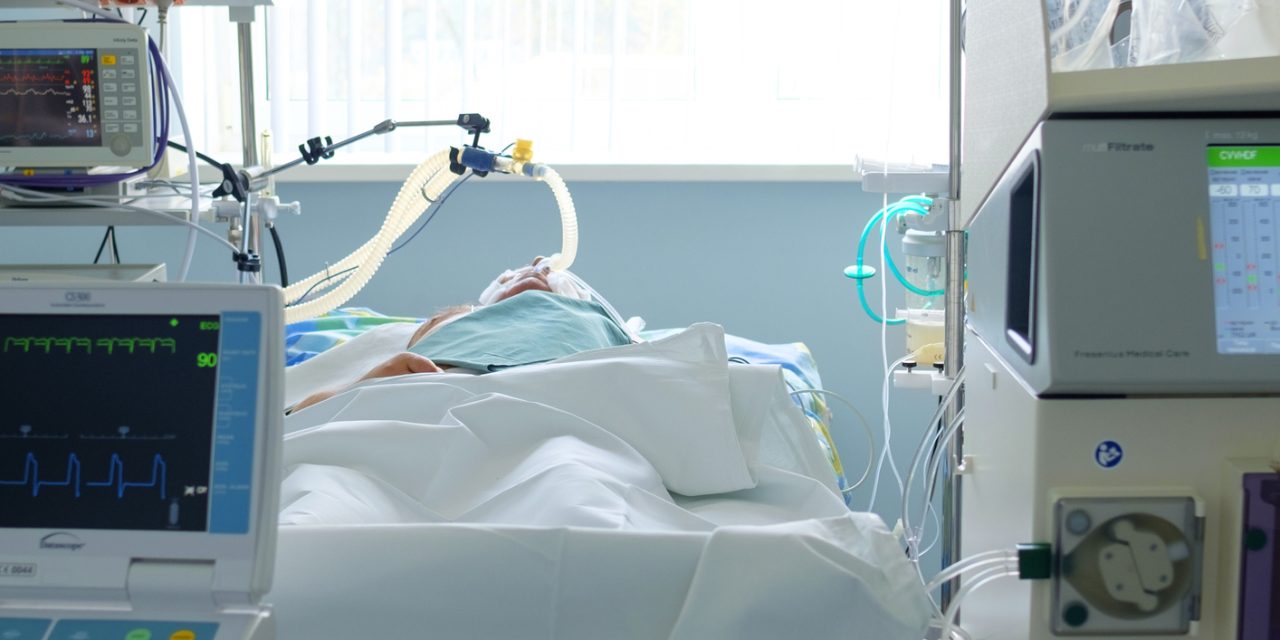Microglia-induced neuroinflammation is one of the main characteristics of traumatic brain injury (TBI). Presently, we aim to investigate the role of long non-coding RNA (lncRNA) KCNQ1 overlapping transcript 1 (KCNQ1OT1) in TBI-induced neurological deficits and the related mechanism.
An in-vivo TBI model was established in mice, and in-vitro experiments were carried out on BV2 microglia. Then the neurological functions, microglial activation, inflammatory cytokines, and proteins were detected.
Our data indicated that KCNQ1OT1 was markedly overexpressed in the cerebral tissues of TBI mice, accompanied by a higher level of the cytokines (including IL-1β, IL-6, and TNFα). However, knocking down KCNQ1OT1 relieved neurological deficits, neuron loss, and blood-brain barrier damage. Besides, overexpressing miR-873-5p enhanced the “M2” polarization of microglia by repressing the TRAF6-mediated p38 and NF-κB pathways. In contrast, downregulating KCNQ1OT1 repressed microglial neuroinflammation by attenuating the “M1” polarization of microglia and promoting “M2” polarization of microglia, and inactivating the p38 and NF-κB pathway.
Mechanistically, KCNQ1OT1 functioned as a competitive endogenous RNA (ceRNA) by sponging miR-873-5p, which targeted the 3′ untranslated region (UTR) of TRAF6. Overall, our data confirmed that downregulating lncRNA KCNQ1OT1 exerted neuroprotective effects on TBI mice by modulating the miR-873-5p-TRAF6-p38/NF-κB axis.
Copyright © 2021. Published by Elsevier Inc.
Downregulation of lncRNA KCNQ1OT1 relieves traumatic brain injury induced neurological deficits via promoting “M2” microglia polarization.


